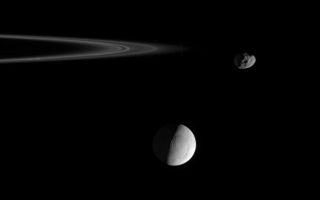
PIA08207: Moons of Interest
|
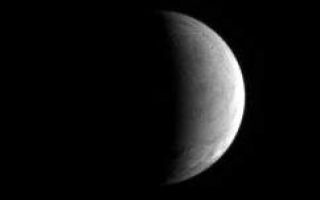
PIA08249: Moon With a Warm Heart
|
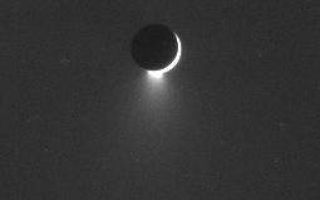
PIA08258: Living Moon
|
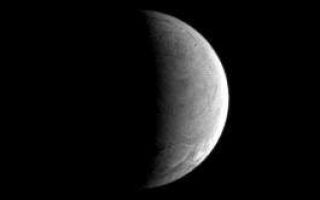
PIA08276: Enigma in Ice
|
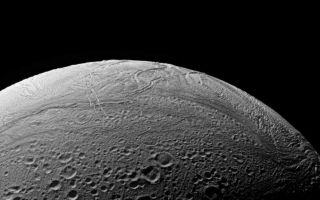
PIA08280: A Folded Surface
|
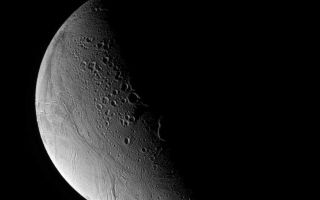
PIA08286: Half-lit Enceladus
|
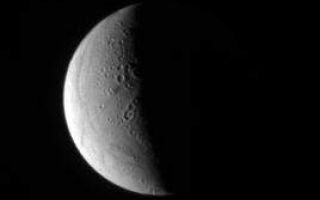
PIA08312: Relaxing on Enceladus
|
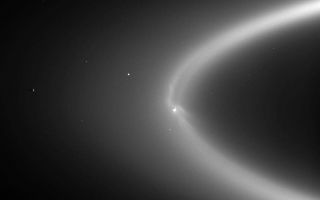
PIA08321: Ghostly Fingers of Enceladus
|
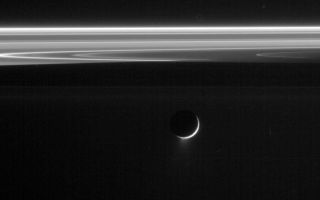
PIA08336: Ice Fountains
|
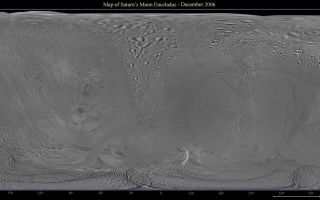
PIA08342: Map of Enceladus - December 2006
|
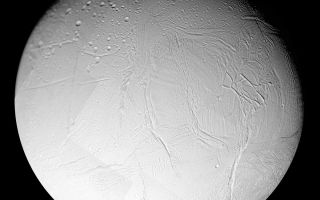
PIA08353: Enceladus: Trailing Hemisphere
|
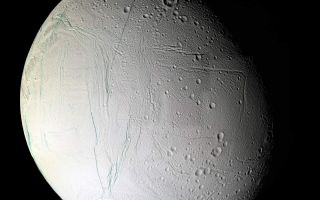
PIA08354: Fractured World
|
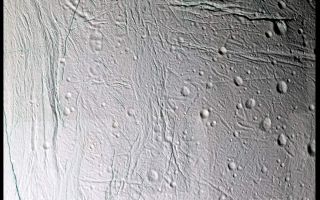
PIA08355: Exploring Icy Canyons
|
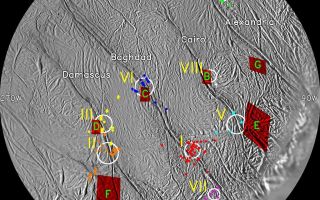
PIA08385: Enceladus Jet Sources
|
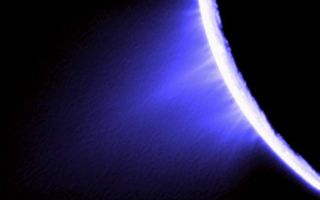
PIA08386: Jet Blue
|
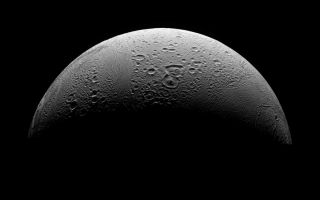
PIA08409: The North Polar Region of Enceladus
|
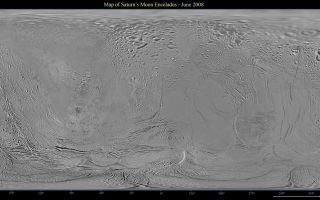
PIA08417: Map of Enceladus
|
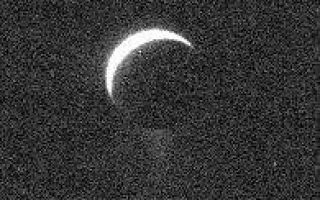
PIA08829: Out of the Noise
|
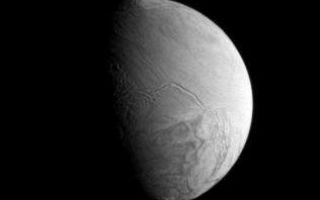
PIA08835: Arabian Sulci
|
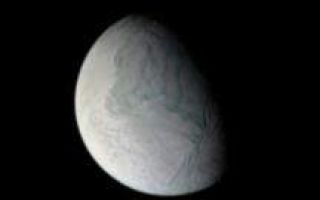
PIA08881: Icy Outpost?
|
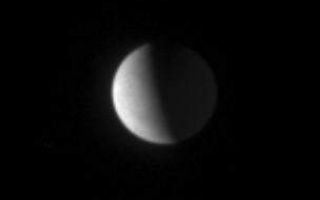
PIA08915: Astral Pearl
|
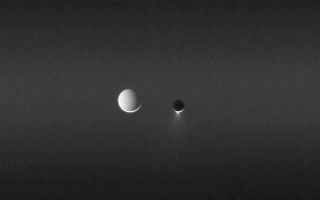
PIA08919: Moons in the Night
|
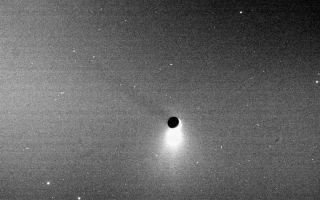
PIA08921: Casting a Shadow
|
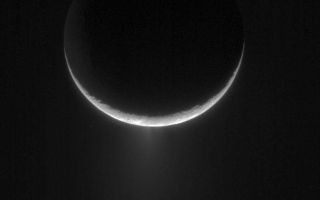
PIA08954: Icy Emanations
|
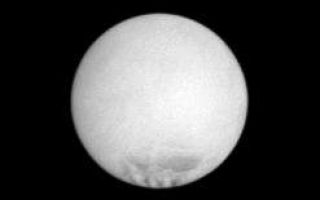
PIA08980: Exciting Orb
|
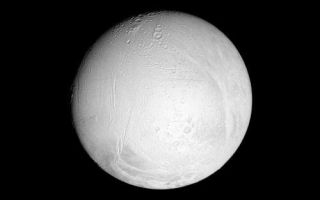
PIA09003: Scars on an Active World
|
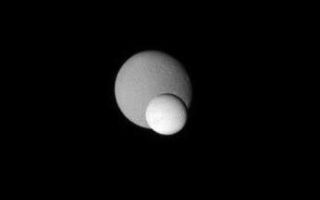
PIA09729: Enceladus and Dione
|
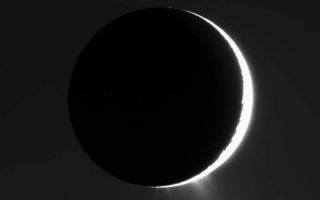
PIA09761: Icy Jets Aglow
|
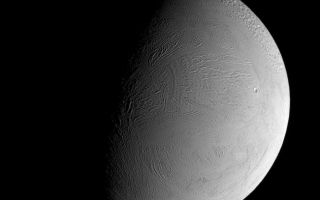
PIA09770: A Fresh Face
|
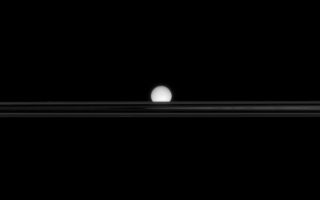
PIA09775: Enceladus in Hiding
|